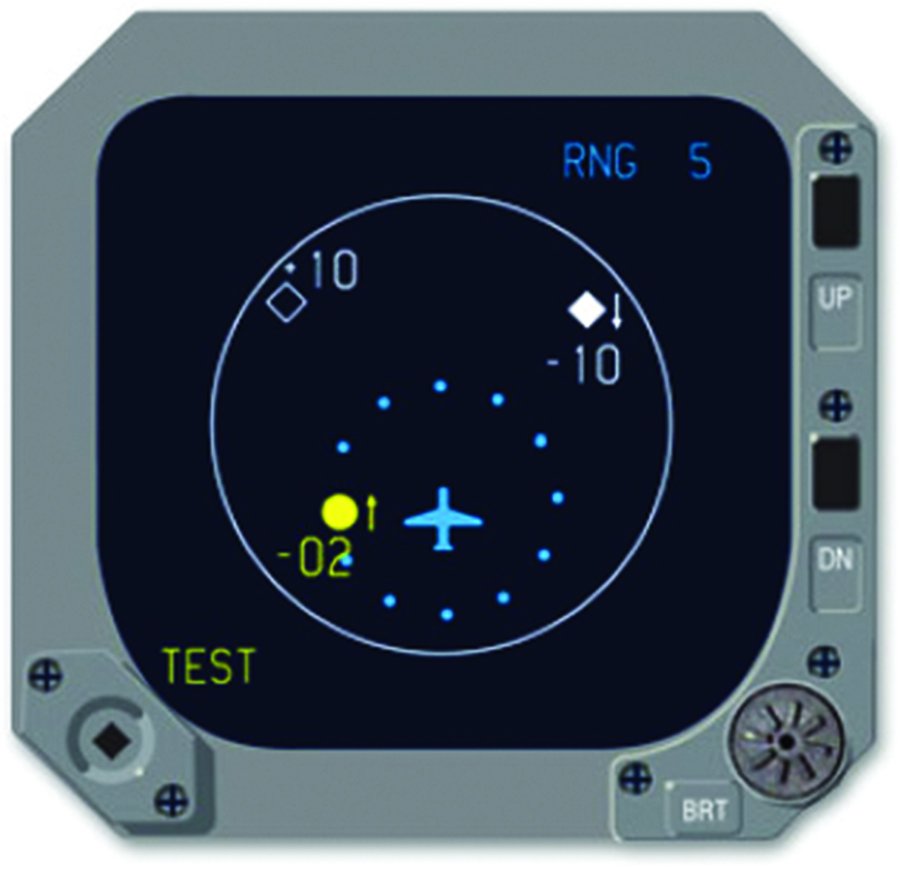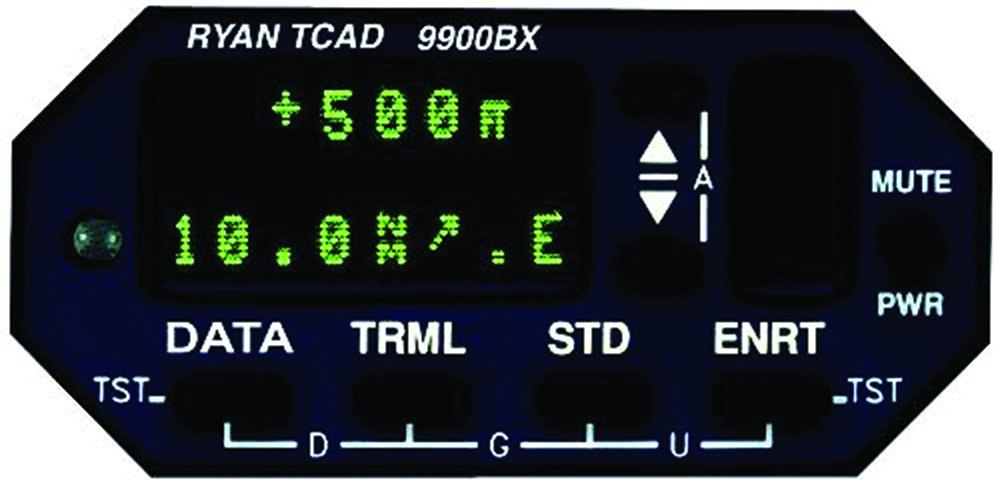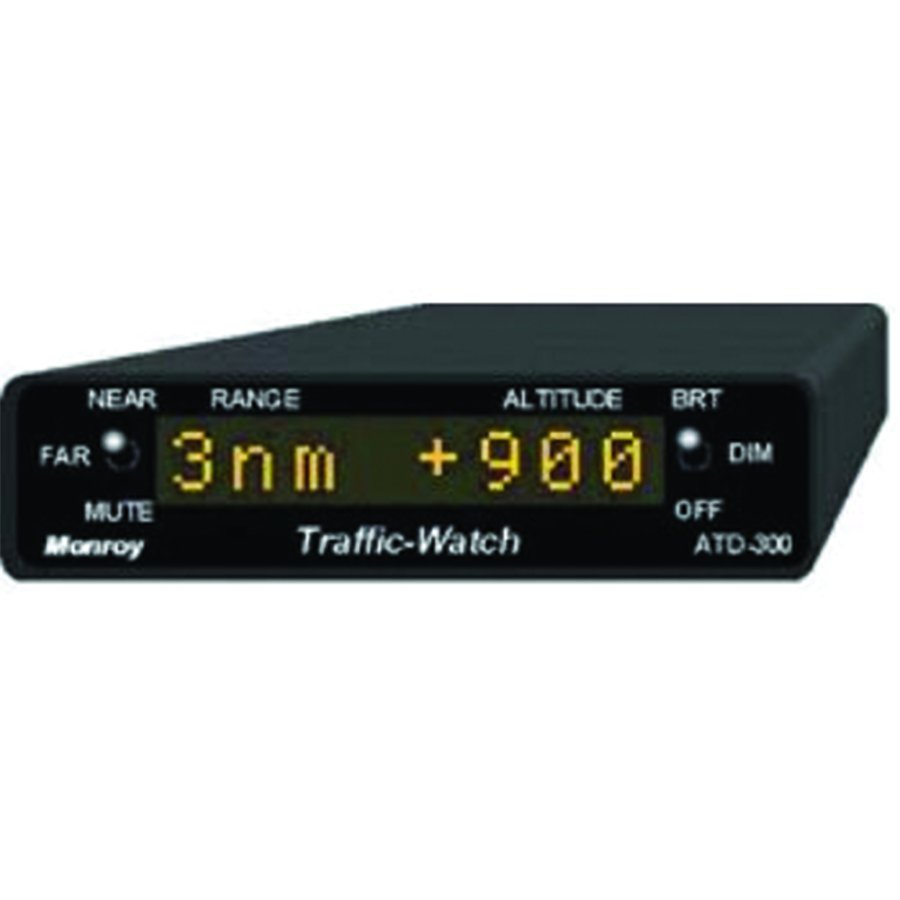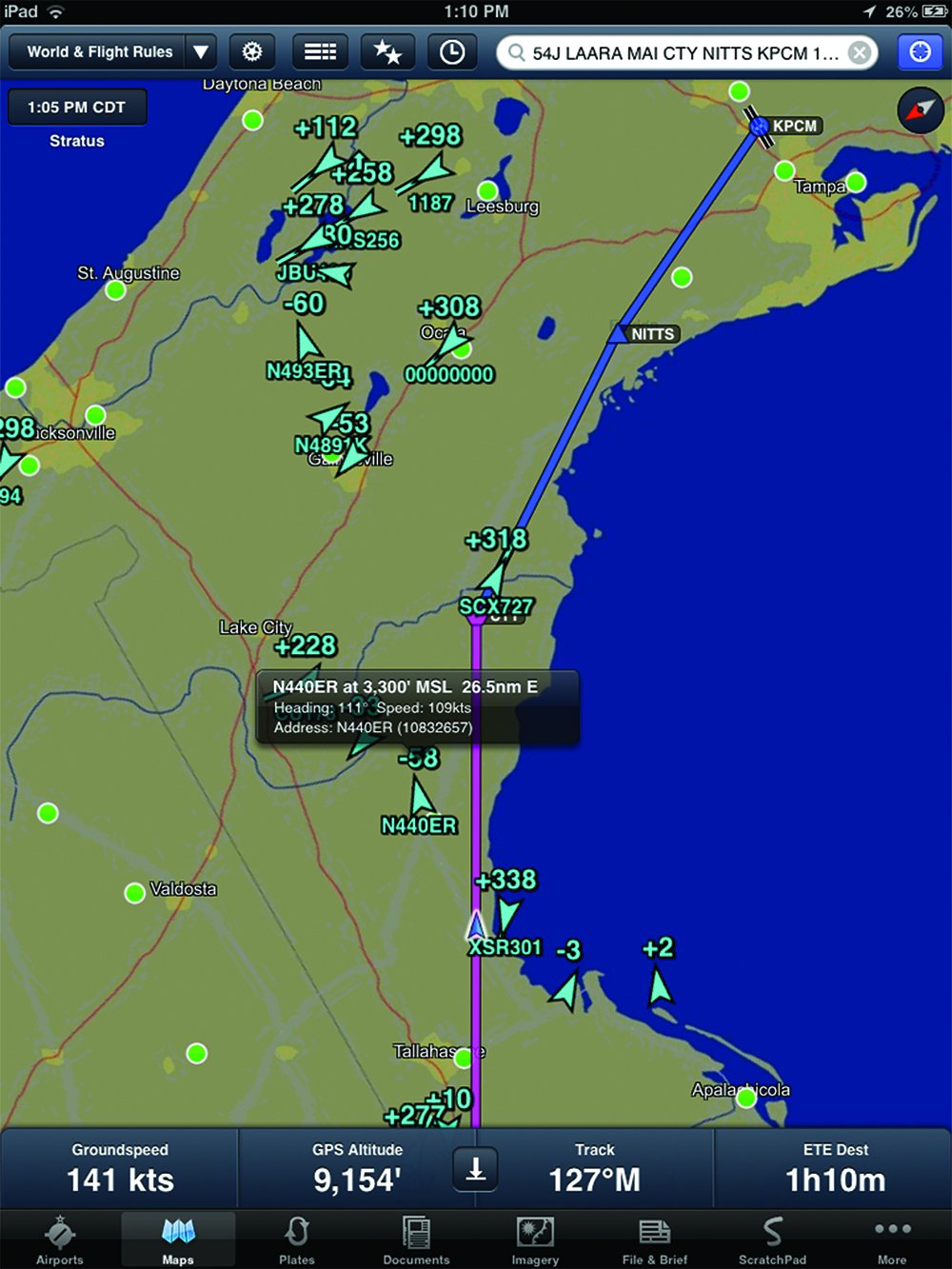It’s not much of a stretch to say that in-cockpit traffic detection technology has never been more prevalent or popular than it is today. From the Boeings and Airbuses required to have a certified TCAS aboard, to the guy or gal banging around in a Cub on a lazy summer afternoon and using the traffic information from ADS-B, it’s likely some kind of in-cockpit traffic detection technology is available. There’s only one real problem with all of these technologies: there’s no way they detect all potential traffic, although some “see” a more complete traffic picture than others.
From that one problem, however, flow two others. The first is the false sense of security even a top-of-the-line system can provide. The second is the extra workload—and especially the additional head-down time—to which pilots are susceptible as they watch the traffic display and not the sky outside the aircraft. But even the best traffic detection and alerting system won’t see an aircraft without a transponder, and the traffic information provided via ADS-B has its own set of considerations, which are summarized in the sidebar on the opposite page. Let’s take a look at why all this is true.
Equipment-Based

The principal reason none of these systems offer 100-percent traffic detection and alerting 24/7 is no automated system can guarantee such accuracy. Moreover, all such systems—at least those this side of a military radar used for air-to-air combat—depend on some kind of airborne transmitter aboard the traffic, e.g., a transponder. While the transponder has become a commonplace item in powered aircraft, they’re often not available aboard hot-air balloons, gliders, crop dusters and the kind of no-electrics antiques and experimentals populating the skies on that lazy summer afternoon. All of which presumes, of course, that an installed transponder is working properly and powered up, and that your on-board system recognizes it.

Another factor to keep in mind when considering transponder-based traffic detection systems is the airspace within which they’re required. Much of the angst among pilots and aircraft owners about the looming January 1, 2020, ADS-B Out deadline and associated installation costs ignores that the equipment only will be required essentially where a Mode C transponder is required now: Class A, B and C airspace, plus at and above 10,000 feet msl. If you don’t fly there, or plan to fly there, you won’t need ADS-B Out. Likewise, outside these areas, your on-board equipment—whatever you use—can’t “see” an aircraft without an operating transponder.
It gets worse. The traffic information service-broadcast (TIS-B) that’s a major part of the ADS-B In data available to anyone with an appropriate receiver depends on nearby traffic also using ADS-B Out. Mode A/C traffic in radar contact with ATC and within 15 nm of your aircraft only will be displayed if you’re receiving TIS-B via an FAA ground station. Put another way, if an aircraft posing a potential traffic conflict to you is equipped only with Mode C and is not in radar contact with ATC, it won’t be displayed on your ADS-B In box.

As ADS-B Out installations become more common, that problem will solve itself. But just as was the case when Mode C was first mandated, not all aircraft will carry the new boxes on Day One. There will be a transition period of some duration, just as there was when operators chose not to equip with Mode C immediately after it was mandated. And it’s important to remember that the very same FAR requiring ADS-B also allows ATC to authorize non-equipped aircraft into the affected airspace on a workload-permitting basis after the 2020 deadline, just as is the case now with Mode C.
It’s All About SA

Another thing to think about if you’re tempted to use your EFB or panel-mounted display for all your traffic avoidance needs is the fact none of the TIS-B information is FAA approved as, for example, a TCAS replacement. The TIS-B service is advisory only, and there’s no FAA guarantee you’ll see all the nearby traffic all the time. Put another way, there simply is no substitute for looking out the window.

At the same time, don’t let TIS-B’s shortcomings dissuade you from investigating the service yourself or thinking we don’t like it. It’s definitely useful, and we learn lots when using it. It’s not a replacement for your normal traffic scan, but it’s a pretty good supplement to ATC-provided separation, especially by alerting us to conflicts before they’re conflicts. (Traffic information provided the old-fashioned way—voice communication over a comm radio—still works just fine, and has the benefit of FAA approval.) You generally have to fly IFR to get the guarantee, however, and there still may be some primary targets ATC simply can’t see. If they can’t see them, they can’t tell you about them.
If you’re new to TIS-B, yes, you’re probably seeing a whole heckuva lot more traffic than you knew was out there. And that’s a great thing, since the whole idea here is to enhance your situational awareness, your knowledge of what’s going on around you. But there’s always the temptation to let the automation do part of our job for us. That’s the wrong way to think about in-cockpit traffic information. Instead of being your primary collision-avoidance resource, it’s a secondary, big-picture thing, with your eyeballs looking out the window as the primary tool, just as it’s always been.
What Traffic Will ADS-B In Display?
If you’re confused by what traffic, if any, an ADS-B In receiver can display, you’re not alone. The table at right lists the various traffic targets you can expect to “see” on a typical ADS-B In TIS-B display.
Ultimately, ADS-B In capabilities depend on receiver hardware and ADS-B Out frequency used. Many 1090ES-only aircraft may be required to carry some level of TCAS and may not use TIS-B due to its advisory nature.
| Traffic Types Displayed via TIS-B (ADS-B In) |
|---|
| Your Aircraft | Will see… | |
Mode A/C Equipped₁ | Directly | via Ground Stations |
Nearby ADS-B Out (978 UAT/1090ES)₂ | Participating Mode A/C₃ | |
| ADS-B Out 978 UAT Equipped | Nearby 978 UAT Out | Participating Mode A/C₃ 1090ES₄ |
| ADS-B Out 1090ES Equipped | Nearby 1090ES Out | Participating Mode A/C₃ 978 UAT₄ |
Notes:
1—With appropriate ADS-B In receiver.
2—978 UAT and/or 1090ES, depending on receiver.
3—ATC radar-identified aircraft only; non-participating aircraft not displayed.
4—Via ADS-Rebroadcast for ADS-B Out aircraft on different frequencies.
All capabilities may not be available all the time, depending on receiver frequencies, line-of-sight to ground station(s) and own-ship ADS-B Out equipment.




